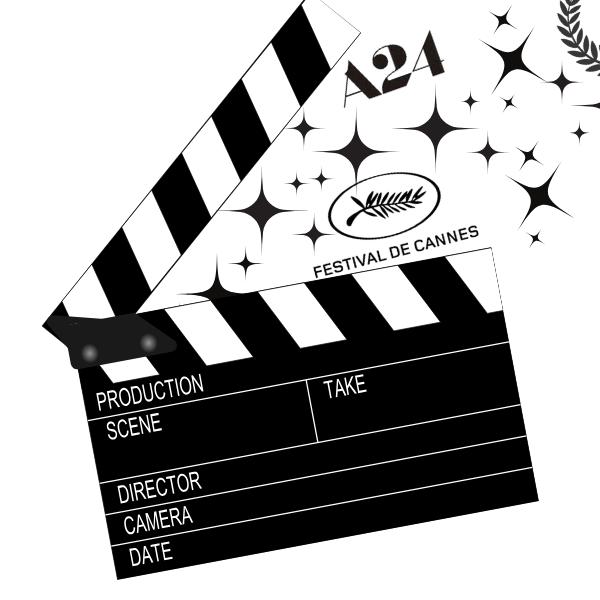In the wake of the outcome of the 2016 Presidential Election, many people across the country have been taking to the streets to protest and express their outrage for the election of President Donald J. Trump. One of the most widespread protest was the Women’s March on Saturday, Jan. 21, 2017. The number of participants in Boson was estimated to be 175,000 people during the march, but there were marches in every state in the U.S., and many countries around the world.
This march was not formally an anti-Trump march though it did address issues with his campaign platform and policies he has proposed about global warming, planned parenthood and abortion, LGBT rights, immigration and refugees, racial tensions and health insurance. Participants did a number of things to show their support, but most popular were signs of varying slogans, and the “pussyhats” to represent women reclaiming their right to control what happens to their bodies.
For me, standing in that crowd, the march served as a beacon of hope aiming toward equality. It represented so much more than a political agenda. It represented, maybe not unity of the country, but the foundation on which the United States was built on; the idea that the people can decide if the government is working for them or against them, and fix it.
There was, however, a concern of whether or not the march was inclusive enough in regards to transgender women and men. Inclusive feminism is a form of feminism that supports, protects, and fights for the rights of the environment, LGBT people, people of a different race and/or religion, immigrants and refugees, and men as well as women.
The problem with this lack of inclusiveness was many people at the march used pictures of a vagina or the saying “no uterus, no opinion,” to reclaim their power over their bodies and their femininity but this could also be seen as invalidating a transgender woman’s position on the subject and her newfound womanhood. There is also the under representation of transgender female to male in this issue of bodily autonomy because many people forget that many transgender men still have their periods, and can get pregnant and have abortions.
Although, I do understand that different women and men will show how they intend to empower themselves in different ways. There were many signs at the march dedicated to the owning of being transgender, and the support of transgender people along with these vagina, ovary and uterus clad signs. I think that we as a society also need to become, not more politically correct, but more aware of the diversity that we live in.
There was also the problem of many people including, but not limited to, Trump supporters who misunderstood the purpose of the march.
This negative backlash could not put a damper on the festivities. In all directions I looked, people were smiling, talking and laughing with friends and strangers alike. People poured into the Boston Common from all over Massachusetts and created an amazing sense of unity within the crowd itself.
At 11 a.m., the first speaker. Mariama White-Hammond, took the stage and began speaking about why we were there, and how everything was planned to go that day. Other speakers included Mayor Marty Walsh and U.S. Senator Elizabeth Warren. The march itself was supposed to start at 12 p.m., but since there was nearly double the amount of people initially expected, the march had a slow start. From where I was standing, which was nowhere near the back, I could see a slow stream of people making their way down Beacon Street. I was not able to join the actual march until 3:30 p.m.
The experience of marching in unity with all these people not just in Boston, but around the world created such a powerful atmosphere it was hard to process it in the moment. When the chants and cheers of thousands of voices started to erupt, it heightened the emotion even more.
Criticisms aside, my experience at the Women’s March is one I will never forget. Men, women, and children of all ages and backgrounds coming together under one cause was an incredibly magical moment in this time of very limited ones.







